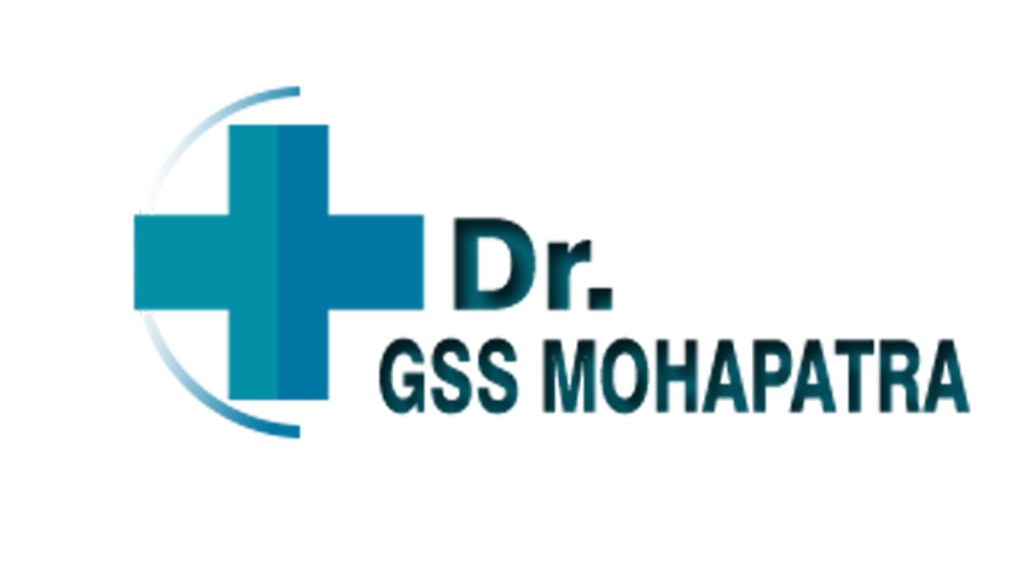REASONS FOR A REDUCTION IN MALE INFERTILITY
Dr gss CENTRE FOR L.I.F.E
(LAPAROSCOPY, INFERTILITY, FIBROIDS & ENDOMETRIOSIS)
- Congenital factors
- Acquired urogenital abnormalities (obstructions, testicular torsion, testicular tumour, orchitis) Urogenital tract infections
- Increased scrotal temperature (e.g. due to varicocele)
- Endocrine disturbances
- Genetic abnormalities
- Immunological factors (autoimmune diseases)
- Systemic diseases (diabetes, renal and liver insufficiency, cancer, hemochromatosis)
- Exogenous factors (medications, toxins, irradiation)
It is important to distinguish between oligozoospermia (< 15 million spermatozoa/mL), asthenozoospermia (< 40% motile spermatozoa) and teratozoospermia (< 4% normal forms). Quite often, all three pathologies occur at the same time, i.e. as oligo-astheno-teratozoospermia (OAT) syndrome. In extreme cases of OAT syndrome (< 1 million spermatozoa/mL), just as with azoospermia, there is an increased incidence of genetic abnormalities and/or obstruction of the male genital tract.
Hormonal investigation :levels of follicle stimulating hormone (FSH), luteinizing hormone (LH) and testosterone in cases of abnormal semen parameters.
Hypergonadotrophic hypogonadism (elevated FSH/LH)
Impaired spermatogenesis associated with elevated levels of gonadotrophins is a common problem and is due to primary testicular failure.
- Congenital – Klinefelter’s syndrome, anorchia, cryptorchidism, testicular dysgenesis, Y chromosome microdeletions
- Acquired – after orchitis, testicular torsion, testicular tumour, systemic illness, cytotoxic therapy.
- Congenital anomalies – isolated hypogonadotrophic hypogonadism (iHH), syndromic KK, Kallmann’s syndrome, Prader-Willi syndrome
- Acquired anomalies – acquired hypothalamic/pituitary gland diseases (malignant CNS tumours, pituitary adenoma, hyperprolactionaemia, granulomatous illness, hemochromatosis)
- Exogenous factors – drugs (anabolic steroids, obesity, irradiation).
Ultrasonography is a useful tool for locating intrascrotal defects. Colour Doppler ultrasound of the scrotum can detect a varicocele in around 30% of subfertile males
Testicular biopsy Testicular biopsy is usually performed as part of a therapeutic process in azoospermic patients (testicular sperm retrieval) who decide to undergo ICSI.
Counselling
‘Lifestyle’ factors can impair semen quality, e.g. heavy smoking, alcohol abuse, use of anabolic steroids, extreme sports (marathon training, excessive strength sports), and an increase in scrotal temperature through thermal underwear, sauna or hot tub use, or occupational exposure to heat sources. A considerable number of drugs can affect spermatogenesis.
Medical (hormonal) treatment Antioxidant treatment (folic acid, vitamin E, zinc, selenium) have a positive influence on semen quality and some improvement of spontaneous pregnancy rates.
Surgical treatment Varicocele The treatment of varicocele is a controversial subject
Microsurgery/vasovasostomy and epididymovasostomy
Retrograde ejaculation and anejaculation can occur:
In neurological diseases, e.g. multiple sclerosis, diabetes mellitus (neuropathy) and spinal cord injuries
Following prostate surgery, bladder neck surgery, sympathectomy and retroperitoneal surgery, e.g. lymph node dissections for testicular tumours During antidepressant therapy

